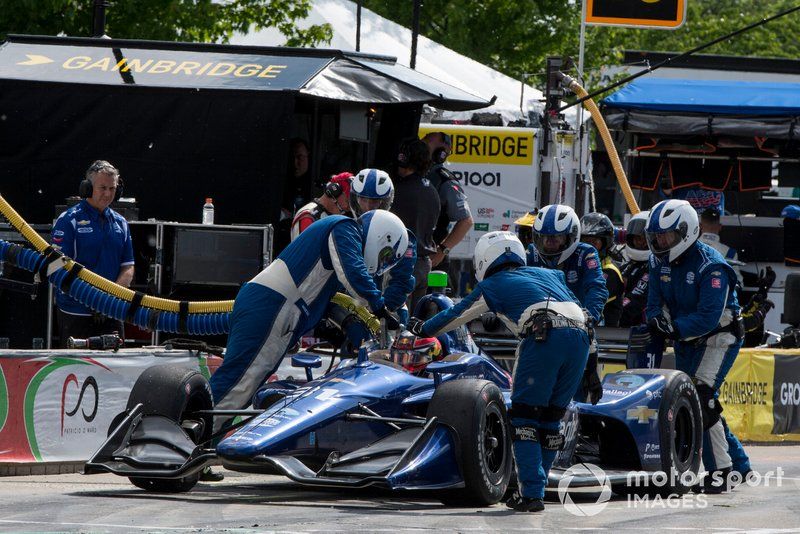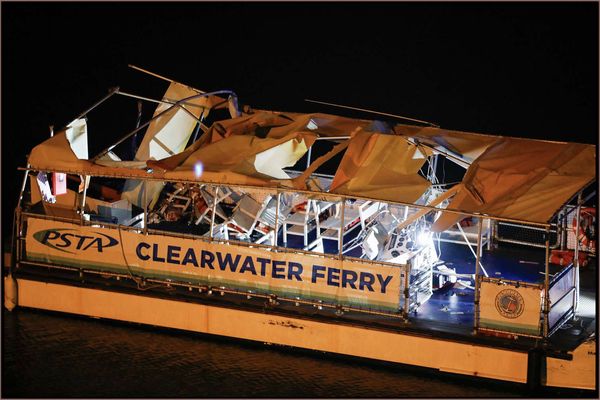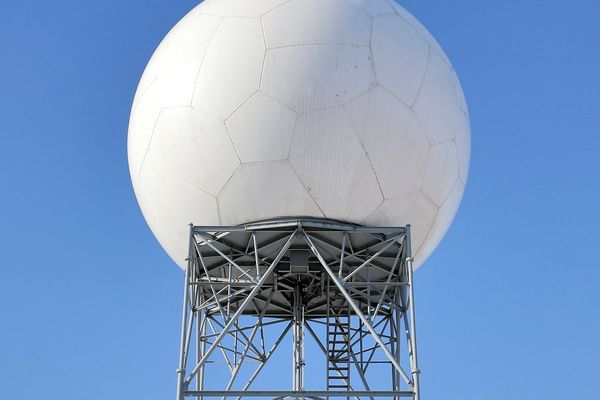
For many years refuelling was a huge part of a Formula 1 grand prix, allowing teams to run lighter cars which would hopefully make them faster than their competitors. However, in 2010 the FIA banned refuelling for good, meaning that teams had to adapt their cars to perform heavier with a full tank of fuel.
Refuelling as a strategy has been in and out of the series since the championship began in 1950 although many notable incidents have happened over the years. So why was refuelling banned during a race?
Here’s why refuelling is no longer in F1:
Why do F1 cars not refuel during a race?
Refuelling during a Formula 1 race has been banned since 2010. This means that cars must have an adequate amount of fuel inside their tanks before the start of each grand prix to ensure they can finish the race.
F1 cars are now allowed up to 110kgs of fuel at the start of the race but are required to provide 1 litre of fuel to the FIA at the end of the race, otherwise they will be disqualified. Last year, Sebastian Vettel lost his second place podium at the Hungarian Grand Prix after being unable to complete a cool down lap due to lack of fuel and was unable to provide an adequate sample to the FIA for checks.
Why was refuelling banned in F1?
Formula 1’s governing body, the FIA, banned refuelling during the race in 2010, after safety concerns for the drivers. It had previously been impossible to implement the rule as the fuel tanks inside the car were too small. In 2010 the rules changed to allow cars to be 22cm bigger to fit a larger fuel tank to each vehicle.
The teams then had to consider fuel management as part of their strategy plans to ensure they got the best performance out of their cars. Before the ban on refuelling there were several incidents in the pit which were caused by cars trying to refuel.
Cost-cutting was another reason the FIA decided to ban refuelling. It was expensive for the governing body to be moving heavy fuelling equipment around the world to each grand prix, which added to higher freight charges for the series.
Cars are now pre-fuelled by the teams ahead of the race with enough fuel to ensure they make it across the finish line.

Were there any refuelling accidents in F1?
On multiple occasions, spillages led to cars going up in flames and drivers being injured with burns. In 2009, Kimi Raikkonen suffered minor burns after a fuel spillage from Heikki Kovalainen’s McLaren caused a fire in the pits at the Brazilian Grand Prix. During the 1994 German Grand Prix, Jos Verstappen, father of Max Verstappen, was injured during a pitstop after the fuel hose poured fuel over both the vehicle and Verstappen, causing the car to catch fire and engulf Verstappen, as well as some nearby mechanics, in flames.
Verstappen recalled the accident (pictured above) saying: "I remember coming in for what I thought was a regular pitstop. Sitting in the car, I would always open my visor because when I was stood still I would sweat a lot. So as I came to a halt, I opened my helmet to get some fresh air.
"Then I saw the fluid coming. This was before I could smell anything, and that is why I was waving my arm. Then everything went up [in flames] and it was suddenly dark and black, and I couldn’t breathe. It was a situation you don’t normally think about: it is like you are suddenly put in a dark room, and then you think, ‘I need to get out...’
"It was a struggle to get the steering wheel off, and that took me a couple of seconds. Then I had to release the belts. So there were a lot of things I had to do before I stood up and realised what had happened."
Will refuelling return to F1?
It is highly unlikely that refuelling will return to F1 due to the safety concerns and costs to the FIA. Back in 2019, former Haas driver Romain Grosjean revealed that he would like to see the practice reinstated to help the performance of the tyres.
"Yes, we want it," Grosjean said. "Not because we think it's great for racing but because we need to bring the weight of the car down to help Pirelli. It's a temporary fix for the car to be 70kg lighter or 60kg lighter. It's one of the reasons we are overheating the car like crazy."
Lewis Hamilton had also shared to that he felt refuelling should have been reintroduced in 2022 to help compensate for the increasing weight of the cars and the impact this has on the tyres.
How do F1 cars refuel?
F1 cars will be fully fuelled ahead of a race to ensure they can make it across the finish line. However, if a car needs to be refuelled during a qualifying session, then they will be wheeled back into the garage.
Refuelling can impact a team’s strategy greatly as the strategists may decide to only fuel the cars enough to do one push lap to set a faster time then their competitors with a lighter car. This could impact the result, for example if the car gets their lap time deleted or the driver is impeded by another team, then they may not have enough fuel to participate in another flying lap.
This can cause massive issues for a team’s qualifying session and could potentially see the driver not reach a target grid position and even drop out of the qualifying earlier than anticipated. Strategists must decide if only fuelling the car enough for one fast lap is a suitable risk.

How do F1 fuel tanks work?
The fuel tank inside an F1 car is different to those in a conventional car and is specifically developed to be flexible and indestructible. The tank is not actually a box but a bladder that is squeezed into the car and then filled like a balloon.
The fuel tank is balloon shaped so that it can be positioned behind the driver but directly ahead of the engine. For aerodynamic purposes, it needs to be as small as possible but must also comply with the FIA regulation of being under 800mm wide.
The history behind refuelling in F1
Juan Manuel Fangio was one of the first drivers to attempt a mid-race refuel for strategic reasons, famously recovering from a mid-race stop to win the German Grand Prix in 1957. Despite this, it didn't actually come into the series for another 25 years.
Refuelling began in Formula 1 properly in 1982 when Gordon Murray from the Brabham team discovered that the cars could perform quicker race times when starting with just half a tank of fuel. The team’s chief designer calculated that stopping halfway to refuel would ensure that the car raced lighter and hopefully make it faster than the rest of the grid.
The FISA, now known as the FIA, then banned refuelling in 1984 on safety grounds but just 10 years later it returned following domination by the Williams team. During the first race with the new refuelling regulations in 1994, Michael Schumacher was able to gain an advantage over Ayrton Senna using refuelling, to run the car lighter and faster, after being unable to overtake the driver on track previously.
There were several notable incidents with refuelling including Felipe Massa and Heikki Kovalainen driving away from their garages with their fuel hoses still attached. In 2009, Kovalainen dragged his fuel hose down the pit lane, dousing Kimi Raikkonen in fuel, which then engulfed the driver in flames.
Do other series refuel mid-race?
Refuelling does not happen in any of the Formula-derived races, as well as MotoGP, but is still common practice in some other motorsports. For example, IndyCar, NASCAR and the World Endurance Championships all still refuel due to different race styles.
In IndyCar, engines will run on a hybrid technology from 2024 but still contain a fuel tank that holds 70 litres. New regulations in 2024 to make the cars more hybrid has encouraged teams to make more developments on their cars, including an electric storage device which creates energy recovery when breaking which allows the engines to produce higher horsepower without using additional fuel.

In NASCAR, the teams are allowed to fill up a car's tanks with as much fuel as they want during a race. A cars fuel cell holds around 30.2 litres, but teams will attempt to run their cars on as little as possible between pitstops for their cars to run lighter and faster.
NASCAR is planning on also adopting regenerative braking like IndyCar as it attempts to move towards hybrid technology.
The World Endurance Championship previously featured a per-lap fuel allocation limit but an Equivalence of Technology has been implemented since 2014 to level out performances between hybrid and non-hybrid cars. Fuel allocations are now applied via circuit, for example at Le Mans teams are allowed 80.2kg per hour maximum petrol flow and 35.2kg per stint for hybrid cars, with non-hybrid cars allowed 110kg/h and 52.9kg per stint.







